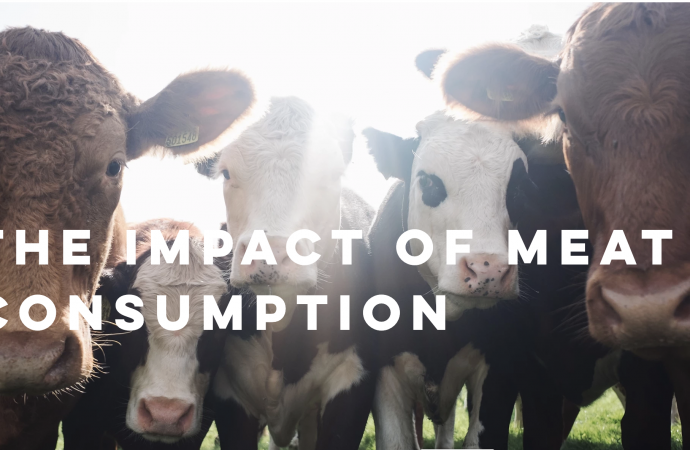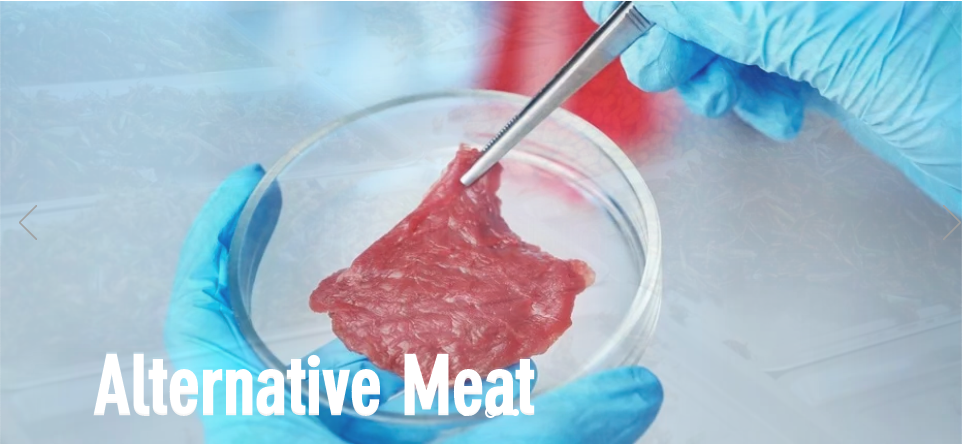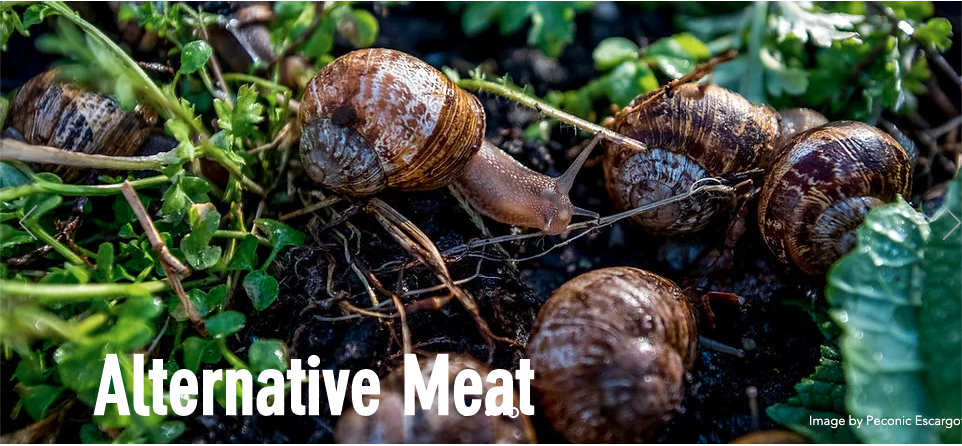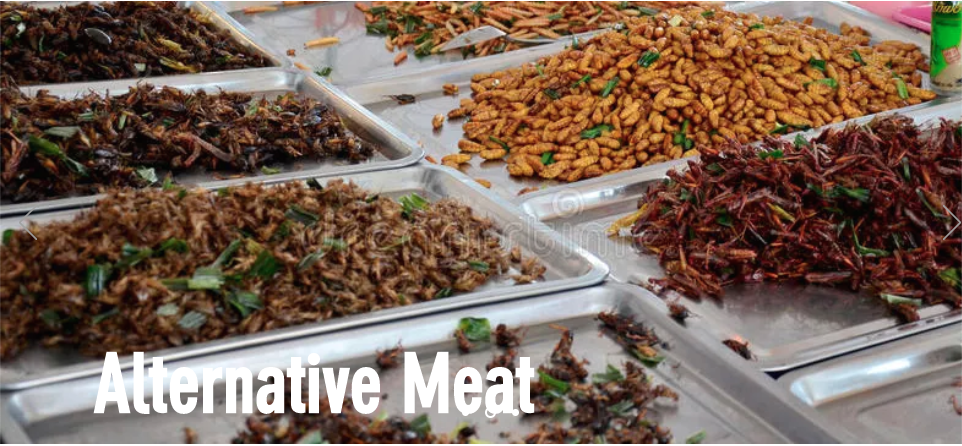By Vaidik Trivedi
JRN 490 Spring 2020
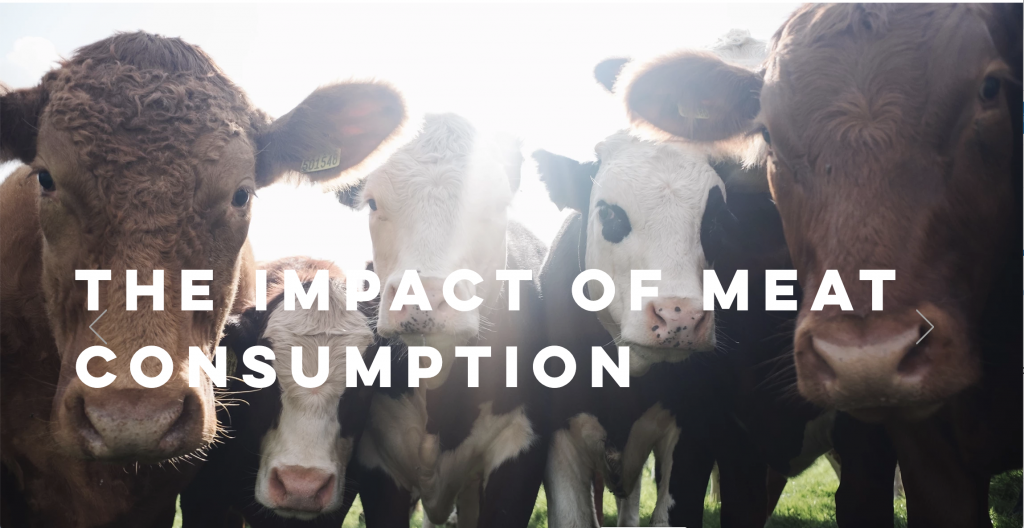
2020 was supposed to be a big year for the American meat industry with a forecast of increase in meat production by three percent from 2019. The American meat industry had a forecast of producing 108.8 billion pounds of meat, as compared to 105.2 billion pounds in 2019.
“We have seen a steady increase in meat production and consumption for decades now,” David Brewer, a fifth-generation farmer and owner of Emerson Dell Farms in Oregon said. “We increased our head count from 180 to 200 because we were expecting an increase in demand for this year.”
In February, the USDA livestock predicted record setting meat production and economic expansion along with low unemployment rate, which would boost demand for animal protein. Then the COVID-19 pandemic hit the planet, shattering almost every aspect of human life including the meat industry.
On April 26, Tyson Foods, world’s second largest meat processor, warned in a full-page ad in the New York Times stating, “The food supply chain is breaking,” thanks to COVID-19.
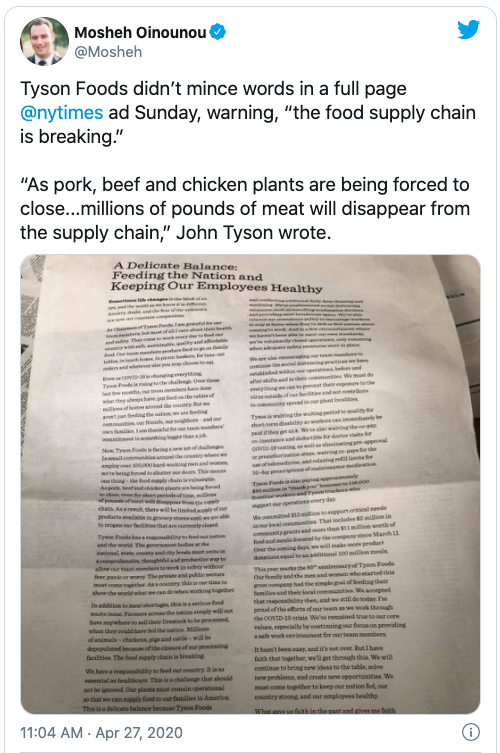
Farmer’s across the country have cattle that they raised but meat processing plant where raw animal meat is processed and packed for consumption, have dropped their shutters due to the pandemic, Brewer explained. More than 22 processing plants have closed across the country and more than 5,000 workers were tested positive to the coronavirus.
USDA’s weekly report from April 27 stated that beef production was down nearly 25% year-over-year, while and pork production was down 15%.
On April 28, President Donald Trump said that he would use the Defense Production Act to try to keep meat processing plants open which received mixed reviews. The United Food and Commercial Workers International Union sent a letter to the National Governors Association, urging them to protect its 250,000 meat packing workers by not forcing them to risk their lives and work during the pandemic.
“The issue with opening meat processing plants is transporting the virus with the meat and packaging to different parts of the country,” Brewer explained.
While meat production is at a temporary halt, meat consumption is not going anywhere anytime soon.
“With no production and ever persistent meat consumption, it’s only a matter of time that we start seeing a hike in the prices of meat in our supermarkets,” Brewer said.
Despite the pandemic and a hike in prices, the everlasting demand for meat isn’t going anywhere, Brewer explained.
“United States is the largest meat consumer in the world with 103.3 billion pounds of meat consumed in 2019,” Brewer said. “COVID-19 has put a temporary halt on our meat consumption but the meat market is expanding exponentially every year.”
In 1960, average meat consumption of an American annually, was 167 pounds which has climbed up to 232 pounds in 2019. Just like United States, the average meat consumption across the world has also skyrocketed with economies getting stronger over the last few decades. In 1964, average meat consumption across the globe was 52 pounds as compared to 90 pounds in 2015.
View a map of Average Meat Consumption per capital in 2018 in kilograms.
The Cost of Meat
By 2050, the world population can approach 10 billion and around 60 percent more food could be needed to feed the growing population.
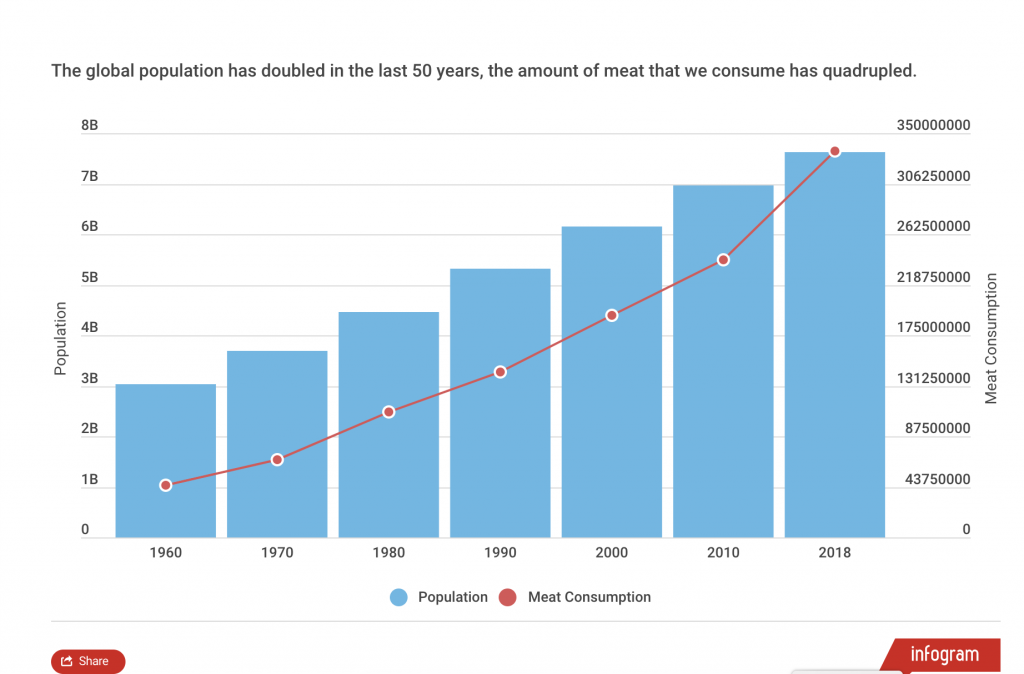
“The environmental impact of our current food system is terrifying,” Dr. Maria Perez Urdiales, a professor of Economics and agricultural productivity at Stony Brook University said. “It releases a quarter of all greenhouse gas emissions and uses nearly 70 percent of our fresh water supply while occupying almost 40 percent of habitable land.”
Food production related emissions could increase by 50 percent by 2050 and fill up the total emissions budget specified by the UN that we have to avoid facing threatening levels of climate change, Dr. Urdiales explained.
Meat production is the biggest emission contributor in the food system.
“Animal waste, deforestation for their pastures and the sheer amount of natural resources that go into raising these animals has a huge toll on the environment,” Jordan Bar Am, Consultant at McKinsey & Company, specializing in innovation and growth strategy for the food and agriculture sectors said. “The emissions from livestock are almost the same if not greater than the automobile industry, which comes as a surprise to a lot of people.”
While the global population has doubled in the last 50 years, the amount of meat that we consume have quadrupled, from 84 million tons in 1965 to 335 million in 2018.
At any given point, there are approximately one billion pigs, one billion sheep, 1.5 billion cows and nearly 23 billion chicken on the planet for the consumption of eight billion humans. Raising so many animals is a marvel of modern technology, but it is reaching a breaking point.
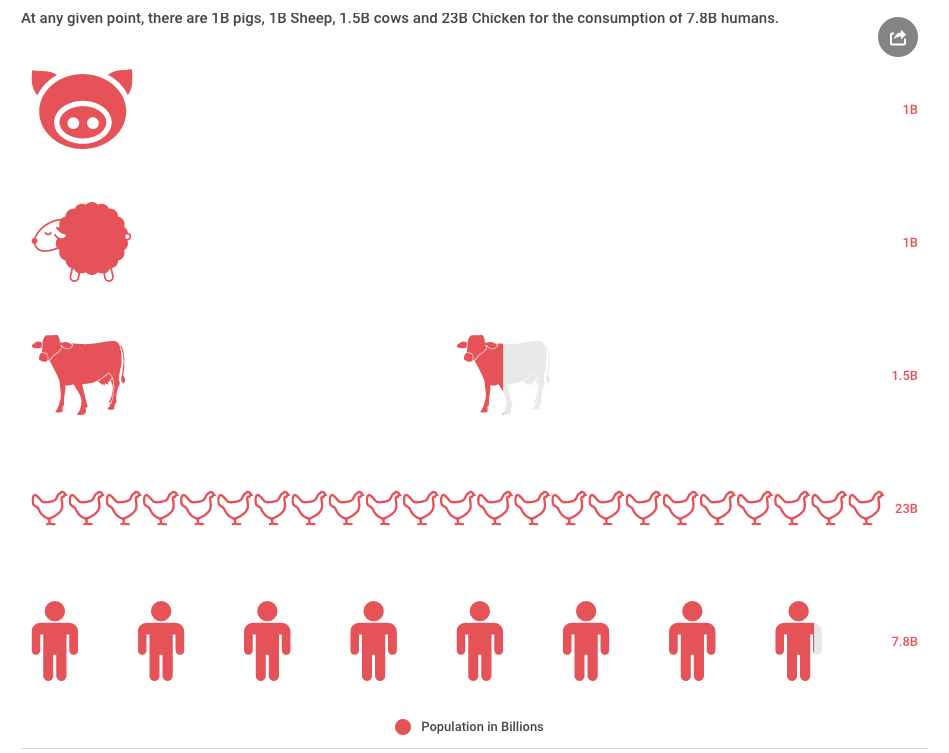
Air Impact
Cattle (raised for both beef and milk) are the animal species responsible for the most emissions, representing about 65 percent of the livestock sector’s emissions, according to the Food and Agriculture Organization of the United Nations.
According to FAO, livestock emit 7.1 Gigatonnes of Co2-equiv per year, representing 14.5 percent of all anthropogenic GHG emissions. This emission only accounts for raising nearly 70 billion livestock per year while emissions of meat processing, packaging and transportation are not included. If all food related emissions are included in the metric, it contributes to nearly 31 percent of all GHG emissions, more than 27 percent of the automobile industry.
“Livestock like cows, sheep, pigs and other kinds of red meat release a lot of methane through their body in the forms of burps, farts and excretion,” Marika Kinshofer, Researcher of the Future of Meat Project in Netherlands, said. “Methane or CH4 is one of the most harmful greenhouse gases as it absorbs 94 times more heat than our usual CO2 and in turn makes the world warmer.”
The industrialization of meat production has made meat cheaper for consumption and available to a vast majority of the population, but it has come at a cost of neglecting many potential health and environmental impacts, Bar Am said.
“Meat per pound has gotten cheaper over the decades due to high productions in factory sized run farms,” Bar Am said. “In 1982, a pound of beef costed around $6 as compared to $4.90 in 2012 after adjusting inflation.”
The reason for a price drop of meat is due to two major factors; industrialization of meat production and more cultivable meat per animal.
In the 1970 the US govt enacted the Farm Bill and incentivized farmers to produce commodity crops like wheat, corn and soy to expand its agricultural produce and trade. Corn and soy helped in making cows fatter and more meat was cultivated from one cattle.
“Unfortunately, cows are built to eat grass and similar vegetation,” Dr. Urdiales said. “Feeding them corn and soy makes them bloated which increases the CH4 they release while digesting these heavier crops.”
But the air is not the only environmental aspect being harmed in meat production. The land is severely affected as well.
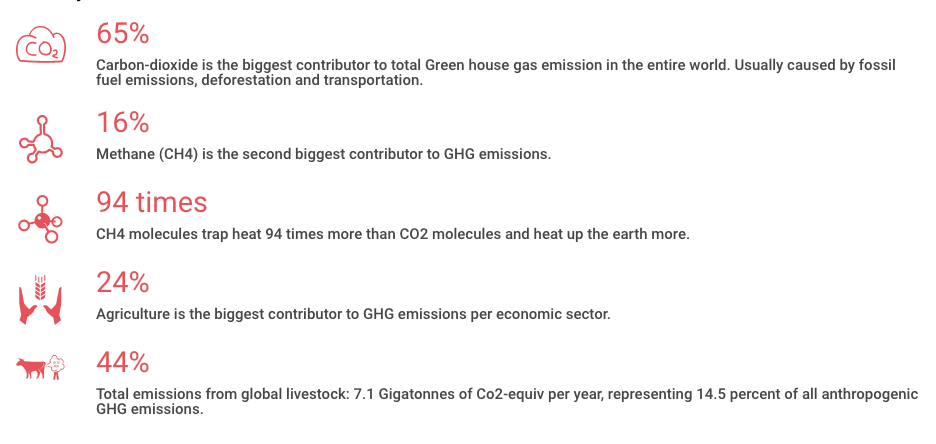
https://www.epa.gov/ghgemissions/global-greenhouse-gas-emissions-data
Graphic produced by Infogram
Land Impact
Stephen Skrenta, a third-generation cattle rancher who owns Acabonac Farms in the East End of Long Island has been raising 100 percent grass fed cattle for nearly a decade.
“Our farm’s aim is to provide healthy, disease-free, grass-fed beef for our customers,” Skrenta said. “We never give our cattle growth hormones or feeder crops for them to gain weight and every ounce of beef we produce is all natural.”
Skrenta explains that Acabonac farm’s cattle are not stuffed in huge sheds to maximize profits but are rather allowed to roam free on their two-acre farm.
“We don’t have more than 50 heads a year because we believe that a healthy cow is a mobile cow,” Skrenta said. “We leave them out in the pasture every day and let them do their exercising and bring them back to our sheds at night.”
Acabonac Farm’s cattle roam under the open skies during the day, they eat the grass growing on the ground and relieve themselves on the same pasture lands.
“We let their excretion in the pasture as it becomes manure naturally, helps in a new crop of grass, completing the circle of farming,” Skrenta said.
The excretion of livestock is another way these gases emit greenhouse gases, Kinshofer explained.
“When we leave animal poop to decay out in the open, it releases CH4, sulfur dioxide and nitrous oxide just like any decaying organic matter,” Kinshofer said. “A few metric tons of cow dung can supply enough CH4 to supply electricity for a small village. Imagine that CH4 being released into the air.”
About 44 percent of livestock emissions are in the form of methane (CH4). The remaining part is almost equally shared between Nitrous Oxide (N2), 29 percent) and carbon dioxide (CO2, 27 percent).
These gases are equally harmful to the environment as the exhaust of petroleum in our cars, Bar Am explained. CH4 and N2O contribute exponentially more to global warming than CO2 from our cars by trapping more heat from the sun and also weaken the delicate ecological system of the earth.
Every year, humans deforest an area the size of Panama to feed our growing cattle and house them.
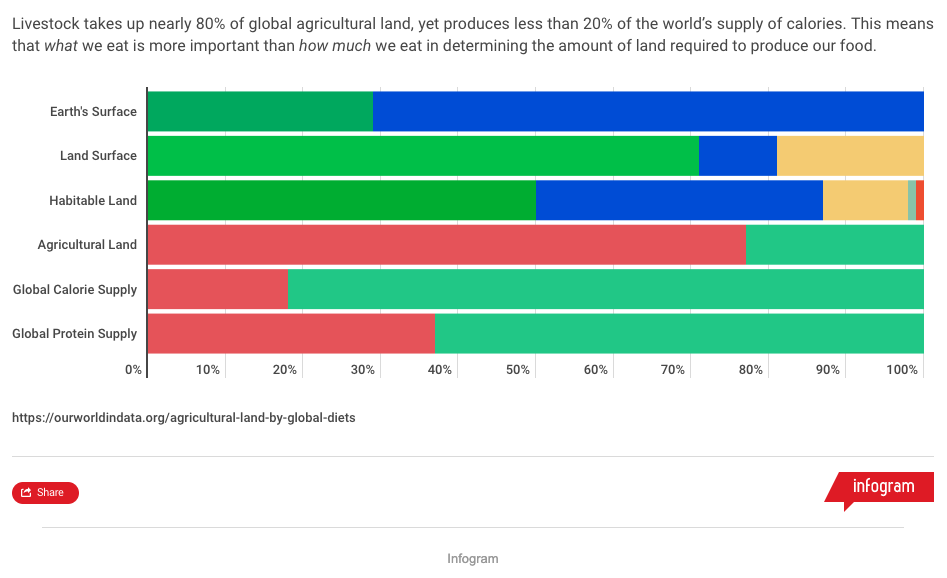
“The increasing need for pasture lands and growing grains to feed cattle is one of the leading causes of deforestation,” Dr. Urdiales said. “The Amazon fires of 2019 started due to clearing of green forests for more cultivable lands and cattle pastures.”
Brazil is the second largest beef producers and exporters in the world. IN 2018, Brazil exported nearly 1.64 million tons of beef generating a revenue of $6.57 billion.
With the demand of meat ever increasing at an average of 3 percent since the 1960s, the Brazilian government ran short of land for more cattle and decided to clear some pastures of the Amazon forest.
“As bad luck may have it, the fires became uncontrollable and burned nearly 10 percent of the conserved rainforest,” Dr. Urdiales said. “But this just one kind of land degradation we observe from meat production.”
Animal excretion left on the pastures may have long term damaging impact for the soil. The cow manure left to decay and fertilize soil makes the soil acidic in nature and reduces its fertility.
“Many cattle pastures have been turned into acidic pieces of land where it is impossible to grow any kind of vegetation for many years,” Dr. Urdiales said.
It takes nearly 2500 gallons of water and 12 pounds of grains to produce one pound of beef, where as it takes 49 gallons to produce one pound of apples, 33 gallons for one pound of carrots, 24 gallons for one pound of potato and only 23 gallons for one pound of tomatoes.
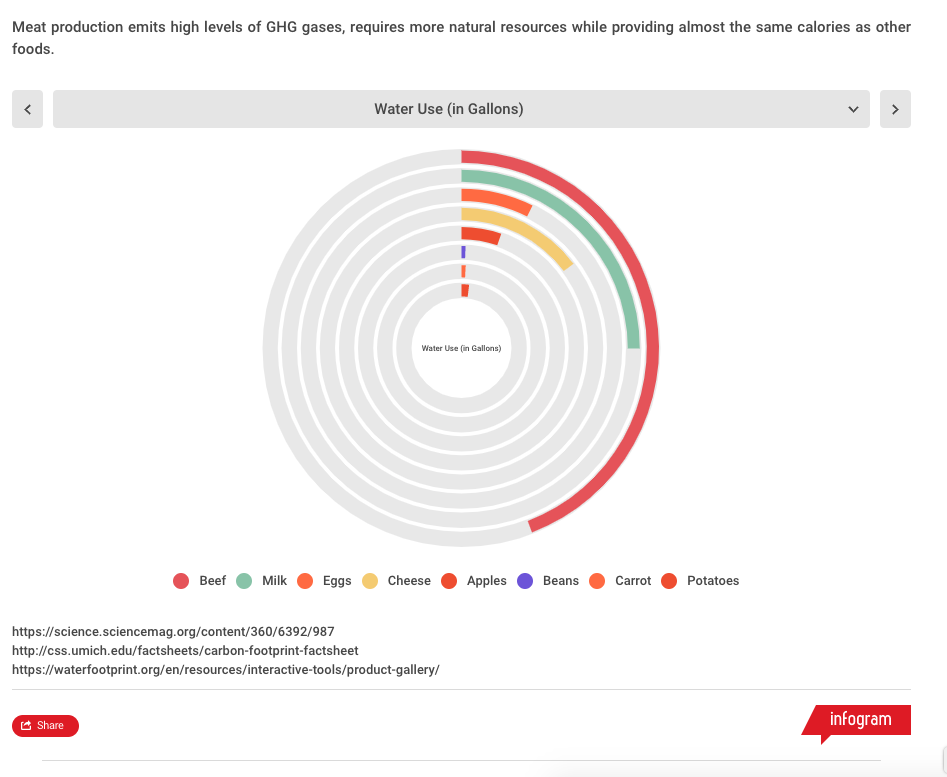
“The runaway water from many ranches is let out into neighboring streams without proper waste treatment,” Dr. Urdiales said. “This water contains cow dunk, fertilizers and other organic wastes which seriously harms the aquatic life.”
The amount of grains consumed by a cow to produce one pound of beef is sufficient to feed one person for a month according to Kinshofer.
“What is even more surprising is that nearly 60 percent of all US crop land produces livestock feed rather than food for humans,” Bar Am said. “If we use the resources to grow vegetation rather than meat and eliminated the middle man, we would not only reduce the environmental impact but also be able to produce more to feed every person on this planet.”
In the United States alone, 56 million acres of land is used to grow feed for animals, while only 4 million acres are producing plants for humans to eat.
Despite consuming a lot of natural resources, meat is one of the least efficient ways to feed people.
Every 100 grams of plant protein fed to a cow ends up as just 4 grams of protein in resulting beef and for every 100 grams of calories of plant diet being fed to cattle, we get just 2 grams of beef calories.
But despite these numbers, we like the taste of meat; and plants don’t taste like meat.
“I have been eating meat for as long as I remember,” Jacob Kurian, 14, a resident of Lake Grove said. “I do eat veggies as well, but I like meat way more because it tastes better and makes me feel filled.”
Meat alternative industries like Beyond Burger and Impossible Burger have been trying to penetrate the growing meat industry for more than a decade without success.
“Although their sales and stock prices are increasing, they have barely made a dent in the meat industry market,” Professor Julian Savulescu, specializing in Biomedical Ethics and Analytical Philosophy at Oxford University, said. “There needs to be a cultural and psychological shift in humans to move towards meat alternatives just like humans started eating meat nearly 2 million years ago.”
Meat alternative aren’t new to the market. Veggie burgers made out of soy and corn have been in the market for more than three decades now but haven’t been able to capture any sizeable market.
“Beyond Burger and Impossible Burger are different in one sense from the veggie burgers,” Joshua Katz, Food and Agriculture specialist of McKinsey and Company said. “These products are made from plant supplements to taste like meat.”
Alternative meat supplements have been struggling to penetrate the meat-eating market till now because they didn’t taste like meat. Beyond Burgers and Impossible Burgers are the new breed of plant-based meats that bleed and taste like meat.
“Majority of the alternative meat companies use soy as their typical ingredients along with hundreds of saturated fats for the patty to taste like meat,” Katz explained. “Although it’s a bit more expensive than natural meat, the taste, low environmental and animal impact is driving the market to grow.”
Developed countries like the US, UK and Australia who are also the biggest meat consumers are becoming conscious about their meat consumption while developing countries like China, Russia and Brazil are seeing an increase in their meat consumption.
“As economies get richer, they tend to demand more protein in their diet,” Katz said. “Since the early 2000s, the average increase in meat consumption in the US has been around one percent compared to a six percent increase in China and Russia.”
Dollar sales of plant-based foods grew 11 percent in the past year and 29 percent over the past two years in the US.
Beyond Meat’s retail sales have increased more than 135 percent in the past year with total sales of nearly $75 million in 2019. Dollar sales of plant-based meat grew 18 percent in the past year and 38 percent over the past two years from $682 million to $939 million.
“For Beyond Meat to get a sizeable hold of the market, a psychological and cultural shift needs to happen in the market because many meat consumers will not be ready to eat meat grown in a lab,” Katz said. “Educating people about the impacts of meat production and cheaper meat alternatives are the only way for alternative meat industry to grow.”
A pound of Beyond Meat patty costs $12 as compared to an average of $6 for natural beef patty.
“I am open to eating alternative meat options but their cost is higher and it doesn’t seem feasible to feed our family Beyond Meat on a regular basis,” Jacob Kurian, Nurse at Stony Brook Hospital said.
Insects, bugs and snails have been considered as an alternative source of protein for the growing population. Many cultures across the globe have been eating insects or snails to fulfill their protein needs.
“Insects like crickets, grasshoppers and beetles have very little environmental impact and are a rich source of protein,” Katz said. “But people won’t be ready to eat a cricket which they usually squish with their shoe out of disgust.”
In ‘The Future of Meat Project,’ Kinshofer and her team put forward 5 scenarios of meat consumption in 2050 in-front of its subjects in Netherlands. The idea was to understand the meat preference that people would have in the future and educate them about their current choices.
“We had five options namely lab grown meat, insect meat, vegan diet and not changing our current meat consumption pattern,” Kinshofer said. “Surprisingly, more than 50 percent opted for lab grown and insect meat as the best alternative.”
In the East End of Long Island Cutchogue, Taylor Knapp has started his own meat venture to change the world little by little. The owner of Peconic Escargot, a company that produces meat with almost zero carbon, land or water foot print is gaining popularity amongst local residents.
Nestled between a vineyard and a small cattle ranch of French cows, is a small snail farm.
“Our ‘farm’ is a greenhouse which is only 300 square feet,” Knapp said. “Yet it is the largest snail farm in the country.”
In a storage sized and shaped greenhouse, Knapp houses nearly 60,000 snails in his greenhouse.
“I started this business years ago with my wife because we were eating snails out of tin cans,” Knapp, who used to work as a chef for a three michelin star restaurant, said. “I saw a good business opportunity because there are a lot of foodies like me who haven’t tasted anything like this because there wasn’t a snail farmer in this country until me.”
Knapp who takes pride in calling himself a snail wrangler started farming snail to provide their delicious meat to restaurants in the tri-state area and has seen a surge in their demand ever since.
“Many people eat it because of the different taste they have and many are getting environmentally conscious and want to eat meat that has minimal environmental footprint,” Knapp said.
Knapp started with supplying two restaurants in Cutchogue and now has over 30 restaurants that buy his snails.
Unlike traditional meat farming, these snails are grown in a greenhouse and have no air pollution impact, have a steady cultivation, and doesn’t harm the soil at all, Knapp explained.
“We feed them leaves like all other animals and have started growing mint in the same greenhouse to feed these snails,” Knapp said. “My aim is to make this greenhouse into a self-sufficient biosystem where you can grow meat and vegetables together without compromising each other’s cultivation output and harming the environment.”
Snails are fed wild leaves and can be fed special herbs to induce special flavors in their meat like mint or dandelion. Unlike a cow, their diet is exponentially low and have next to no waste or excretion.
“I have never really tried making a burger patty out of their meat,” Knapp said. “But I am assuming that it would take around 20-25 snails to make a quarter pound patty, although I don’t know how good it would taste as a burger.”
An average snail takes about 18 months to mature for edible purposes and requires less than 10 percent of resources to produce the same quantity of meat from a cow in the same time.
“There is usually a ‘yuck’ factor that people have because eating snails isn’t a part of our diet,” Knapp said. “But once people taste it they have a different opinion about it.”
Although eating snails isn’t new and has been part of the French cuisine for years, but it is penetrating the meat market in the US recently.
“As of now, there are only two snail farms that I know of including us,” Knapp said. “But the surge in demand that we are experiencing is quite amazing and we believe that this could be a way to feed people in the future.”
It might take some years for meat alternatives to gain a considerable market share. Till then the meat industry is evolving to reduce its footprint on the environment.
Mootral, a Swiss Food company, is studying whether an altered diet can make cattle burp and fart less methane – one of the most harmful greenhouse gases and a major contributor to climate change. Their aim is to create an edible produce that would change cows’ digestive chemistry and reduce their emission of methane.
